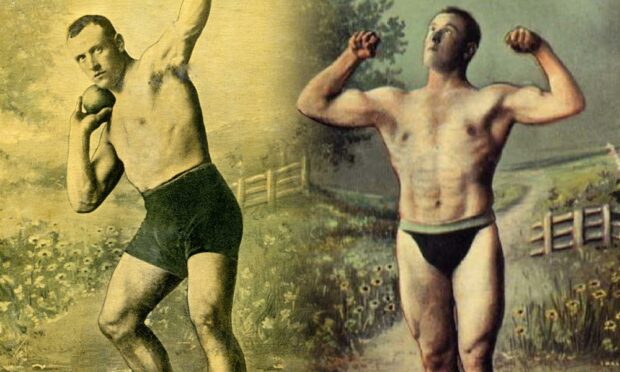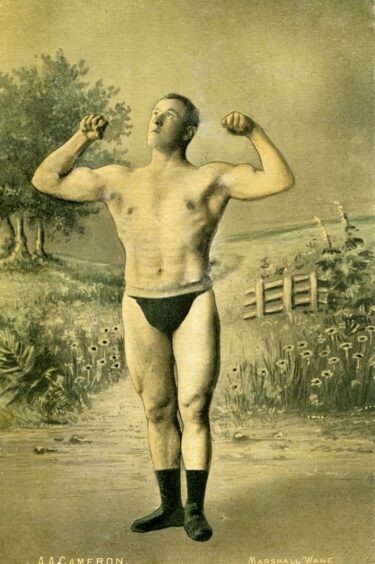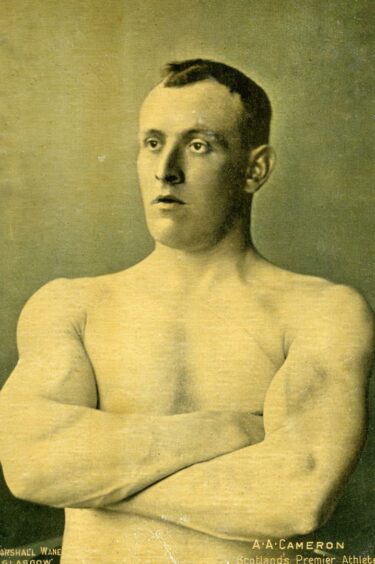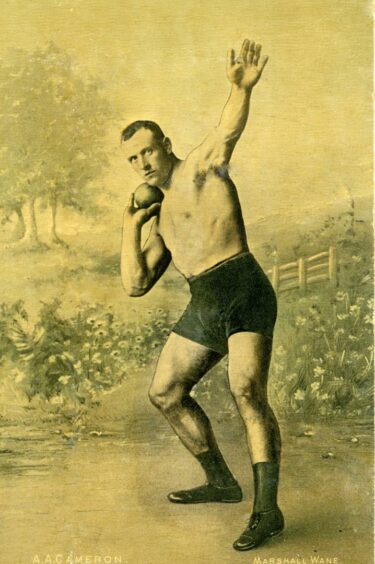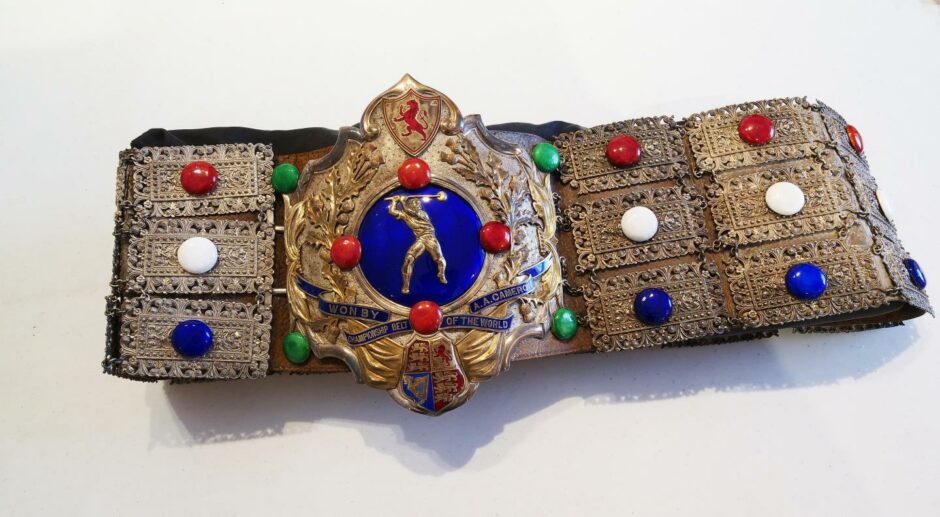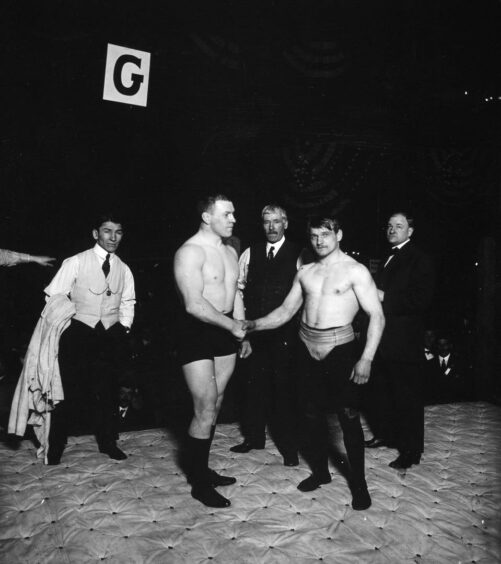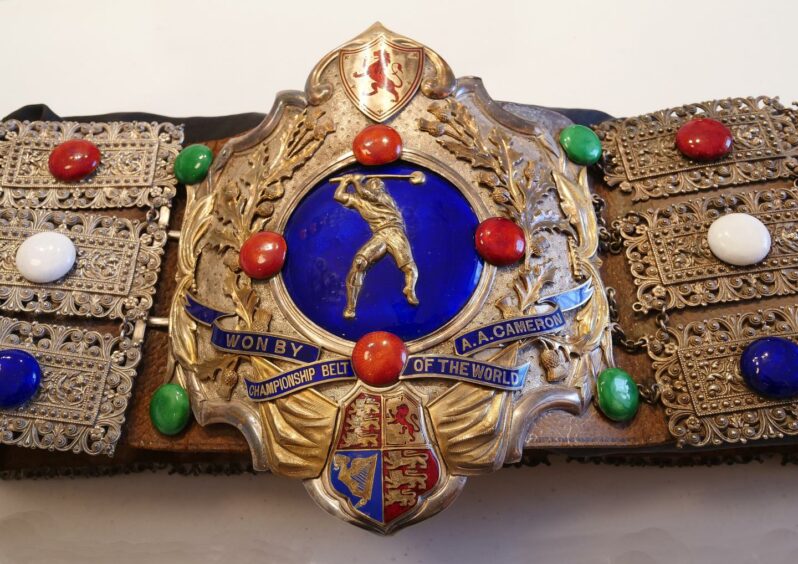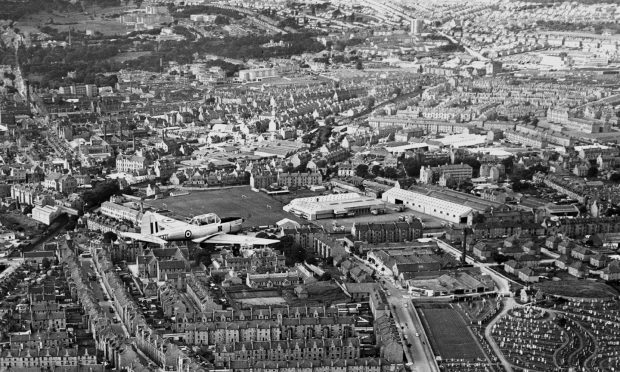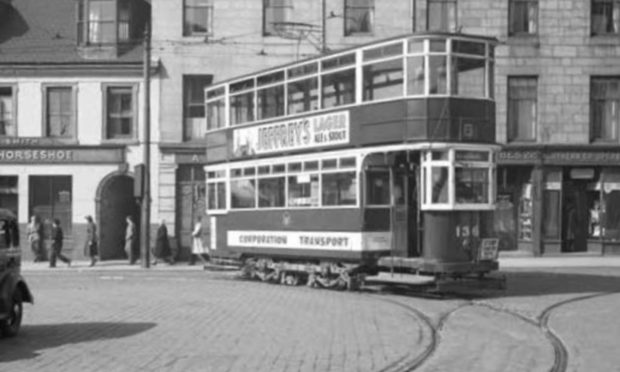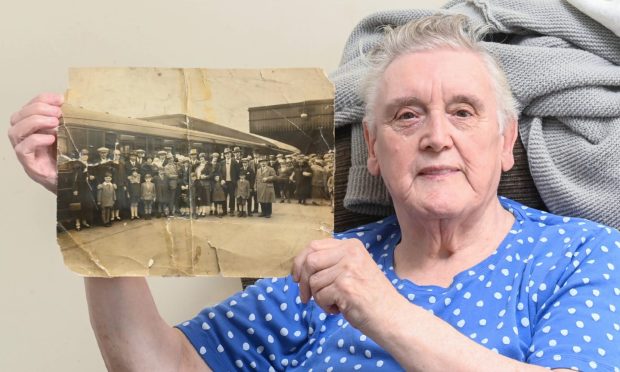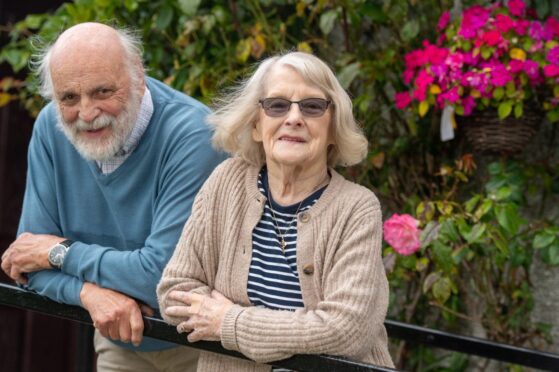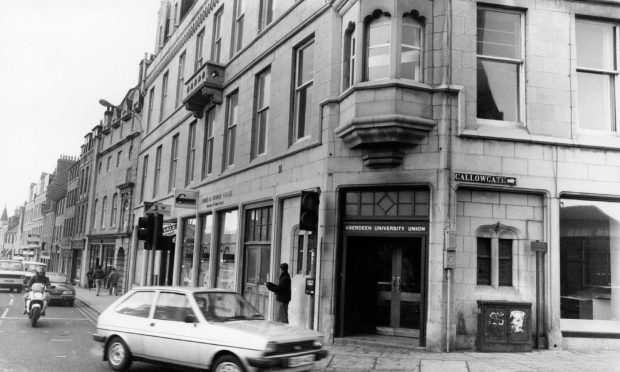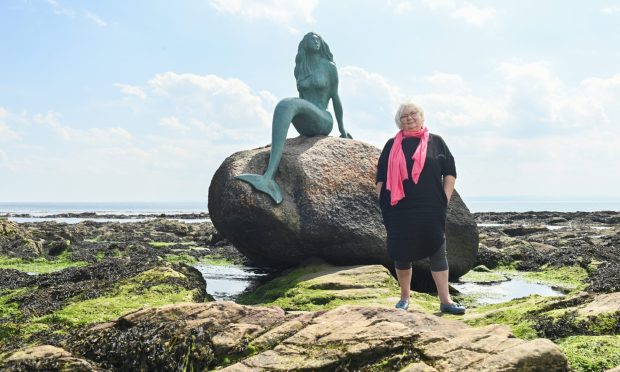The Stoltman brothers from Invergordon might have blown the world away with their strongman prowess – Tom is this year’s World’s Strongest Man, his brother Luke has already taken the title five times – but they tread in worthy Highland footsteps.
Alexander Anthony (AA) Cameron of Mucomir, Spean Bridge, was a heavyweight legend and three times world champion, in 1903, 1904 and 1905.
Dubbed locally the ‘Mighty Mucomir’, at his peak, AA was described breathlessly in the press as ‘of almost superhuman strength’ and a ‘muscular phenomenon’.
“He is the finest exponent Scotland has produced for a generation, and is at present the world’s champion and one of the greatest figures in the realm of sport of whom we have any authentic record,” enthused the Fraserburgh Herald in 1906.
Swinging a scythe was best training
Born in 1887, AA was of hardy farming stock, people attributing his natural strength in part to his mother’s side.
She was a MacMillan, a clan with a reputation for great strength and fine physiques.
AA didn’t go in for proper training, maintaining the best training was swinging a scythe, which he could do day after day.
In 1900, standing 6ft 1” and 17 stone, he was an ideal candidate for the Partick police force, world-renowned at the time as a training school for athletes.
Little is known about his police career, but it wasn’t long before he sprang to prominence for his physical prowess, particularly in shot-putting.
But he wasn’t up to much in hammer throwing or caber tossing at that point, neither did he wrestle, according to the Fraserburgh Herald.
“But he had no intentions of remaining a one-event man.
“So he tackled the other throwing feats particularly the 56lb weight as one who meant business, and the dour determination of the Scot prevailed.
“During seasons 1902 and 1903 he made rapid progress in every branch.
“He attended all the leading meetings and was one of the most successful competitors.
“Then in 1904 came the unprecedented series of record breaking and record making sensations.”
Series of record-breaking ‘sensations’ for AA Cameron
He smashed three world records, achieving 41ft 1 ½ “ with a 20lb ball; throwing a 22lb hammer 96ft 8”, and throwing a 29lb weight 62ft 10 ¾” .
All these feats considerably eclipsed the previous world records.
He went on to win all five heavy events at Strathallan that summer ‘with comparative ease’ and demolished another four records at Aberfeldy, making him holder of 12 world records ‘in widely varying feats of the athletic programme, and holding them with distances so superior as to place them in a class entirely by themselves.’
Later that year he toured Australia, attending Caledonian Club gatherings and appearing to restore some kind of faith in the general view of the sons of the motherland.
“Thousands of sojourners from the dear homeland hailed the hero with a joyful welcome- when they saw the glorious type of man the old grey mother beyond the seas could still provide, perfervid (fervent) patriotism animated all.”
He could also do a standing high jump of an astonishing 4ft 11”.
Ethonologist Calum Maclean recorded interviews about him with local people who knew the Mighty Mucomir.
They described him as kind and decent, also modest and reserved, although not always – one year at the Turriff Games he was the leader of a strike by the athletes for better prize money.
Tempting offers for strongman
It wasn’t long before his feats attracted the attention of English entrepreneurs making tempting offers to entice him onto their stages.
This was the era of the strongman, and they could command huge salaries.
AA was tempted in for a while, and undertook some wrestling bouts against the notables of the day including Estonian Georg Hackenschmidt, ‘The Russian Lion’.
Hackenschmidt said he was the strongest man he had ever handled, and made him an attractive offer to go on tour with him.
“You’re going to take it,” said Hackenschmidt, to which AA replied: “”Aye I’ll be going… back to Lochaber.”
But he did tour the world extensively and successfully, causing a sensation wherever he went.
On one occasion he did a particularly good hammer throw, and the judge encouraged him on, saying ‘you’re good for another five feet’.
AA replied: “Na, na, if I do that they’ll expect it every time.”
Adulation and bright lights didn’t impress AA Cameron
Despite the adulation and the bright lights of fame, he preferred his native land.
Farming meant more to him than anything, and was the means by which he retained his strength and fine physique to the end.
He farmed at Fassifern, Lochielside, and in his later years lived in Letterfinlay.
Once he retired, he continued to take a keen interest in the performances of heavies and was a popular games judge.
He attended the Glenfinnan Games just before he died in 1951.
There he was seen talking in Gaelic and shaking hands with friends – a handshake from AA was described as a ‘shattering experience.’
He was cutting hay at Letterfinlay a few weeks later when he collapsed and died, aged 75.
A catchy strathspey was written in his honour, composer unknown.
His world champion’s belt is on display at the West Highland Museum, Fort William.
